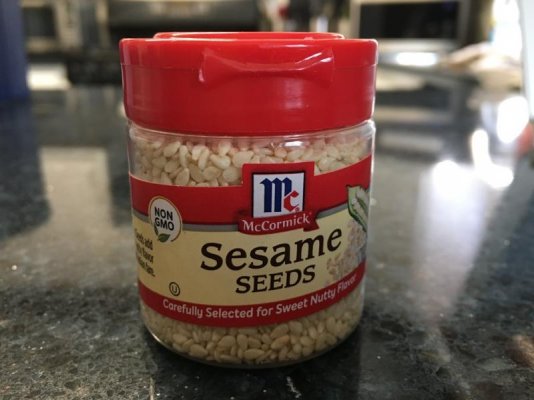Andy M.
Certified Pretend Chef
Searching around the internet for things to do I wandered onto he King Arthur Flour website and was scrolling through the 'Breads' section (who knew how many there would be?!) and came across a recipe for Italian Bread 101. There is a photo of a beautiful braided and seeded loaf. I copied it to my laptop.
Searching further, I came across a recipe for Scali Bread There is a photo of a beautiful braided and seeded loaf. I copied it to my laptop.
Then I took a look at the two recipes and they look almost identical except for the addition of powdered milk and olive oil in the scali bread recipe and some minor differences in ingredient amounts.
I'm not an accomplished bread baker and don't know the effects certain ingredients have on a recipe. My question is as stated in the title. Whats the difference between these two recipes?
Will they taste different? Will one be more moist? will one be more tender? Which one do I make?
Here is a comparison of the ingredients lists.
Searching further, I came across a recipe for Scali Bread There is a photo of a beautiful braided and seeded loaf. I copied it to my laptop.
Then I took a look at the two recipes and they look almost identical except for the addition of powdered milk and olive oil in the scali bread recipe and some minor differences in ingredient amounts.
I'm not an accomplished bread baker and don't know the effects certain ingredients have on a recipe. My question is as stated in the title. Whats the difference between these two recipes?
Will they taste different? Will one be more moist? will one be more tender? Which one do I make?
Here is a comparison of the ingredients lists.
Attachments
Last edited:


